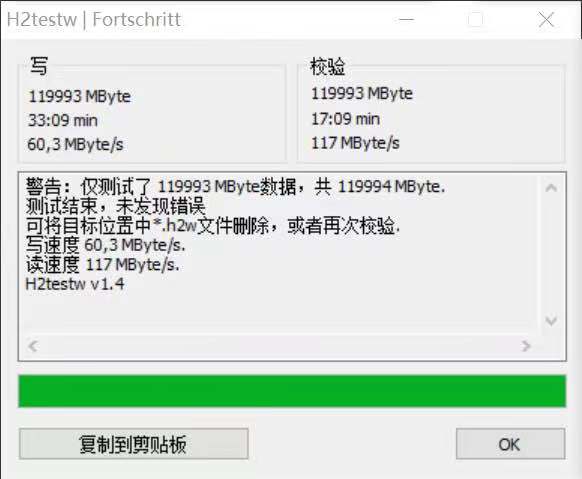We assume the photo average size is 2MB, songs in size of 3MB, and the film is 500MB. How much data Your USB drives can hold? Here I list Sino-memory's USB drives capacity for your reference.
In general, manufacturers use the decimal for calculation, while the system uses binary in a computer.
In this way, the actual capacity of the USB disk recognized by the computer is less than the nominal capacity of the USB disk manufacturer.
For example, the calculation 128GB capacity is as follows.
Since the minimum unit of storage is Byte, the translation to the manufacturer is 1KB = 1000bytes, 1MB = 1000kb, 1GB = 1000MB,
So here's how 128G's capacity is calculated for the manufacturer:
128G = 128 * 1000 * 1000 * 1000(Bytes) .
For computer systems, 1KB = 1024bytes, 1MB = 1024kb, 1GB = 1024MB, so in computer systems, the system conversion is: 128 * 1000 * 1000 * 1024/1024/1024 = 119.2093G
Here is screenshoot of 128GB capacity that is available for use.

Apparently, computer systems show that the USB stick has less storage capacity than the standard storage that the manufacturers use on their products.
But this occupies relatively tiny storage space, usually tens of hundreds of KB.
In addition, FLASH FLASH memory chip particles may have a specific Bad Block (Bad Block). As long as these blocks are in a reasonable range, the U disk is also a qualified product.
The Bad block can not use, and they are "ignored" or "overwritten" by the master and are not calculated into storage capacity.
Because of the three reasons, the actual capacity calculated by computer equipment may be slightly lower than the theoretical conversion value.
At last, The default "industry standard" is working capacity is not less than 93% of the capacity of the total chip is acceptable. Leave your comments on the capacity of USB drives? Let's negotiate together.